Nestled along the golden shores of the Adriatic Sea, Grado is a charming island town that captured my heart the moment I stepped onto its ancient cobblestone streets. Often called the “Golden Island” for its fine sandy beaches, this small Italian gem in Friuli-Venezia Giulia holds centuries of fishing traditions that continue to shape its identity today.
The fishing heritage of Grado isn’t just preserved in museums—it lives in the everyday rhythm of local life. From the colorful boats dotting the harbor to the distinctive seafood dishes served in family-run trattorias.
Walking through Grado’s historic center feels like stepping back in time. I love watching fishermen mend their nets using techniques passed down through generations.
The island’s culinary traditions are deeply connected to its maritime roots. During my visits, I’ve discovered that no trip to Grado is complete without trying boreto alla graisana, the town’s signature dish—fish cooked in a tangy vinegar and garlic sauce, traditionally served with creamy polenta.
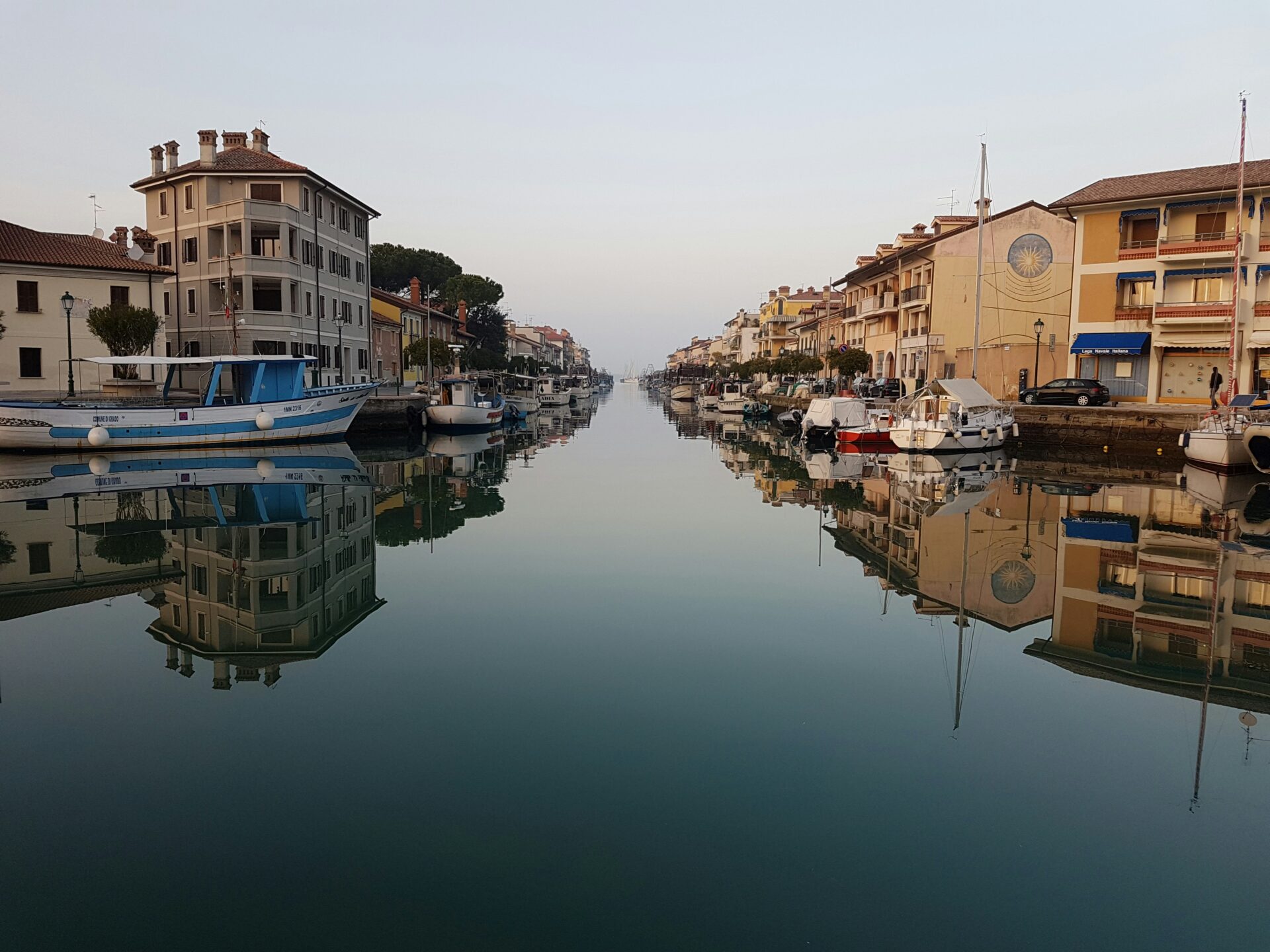
Grado’s Geographical Charm
Grado’s location combines the best of both worlds – a peaceful lagoon setting with access to the vibrant Adriatic Sea. Its unique position has earned it nicknames that perfectly capture its sunny disposition and beautiful golden beaches.
The Lagoon and Adriatic Sea
I fell in love with Grado’s perfect position the moment I arrived. This small island sits gracefully on a lagoon between Venice and Trieste in northeastern Italy’s Friuli-Venezia-Giulia region.
What makes Grado special is how it connects with both the calm lagoon waters and the open Adriatic Sea. The lagoon provides a peaceful setting for traditional fishing, while the Adriatic offers beautiful beaches and maritime activities.
During my visit, I noticed how the locals maintain their fishing traditions despite the modern tourism industry. The lagoon’s unique ecosystem supports diverse marine life that has sustained the town for generations.
From the harbor, you can watch fishing boats heading out at dawn, following routes their ancestors have taken for centuries.

Island of the Sun and Golden Island
Walking along Grado’s beaches, I immediately understood why it’s called “The Golden Island.” The fine, golden sand stretches along the shoreline, creating a stunning contrast against the blue Adriatic waters.
The nickname isn’t just about the sand. With over 300 sunny days per year, Grado truly lives up to its other title: “Island of the Sun.” This abundant sunshine makes it a perfect beach destination from spring through fall.
I found the beaches well-maintained with excellent services, including spas and thermal facilities that draw visitors seeking relaxation and health benefits.
The golden sand isn’t just beautiful—it’s also ideal for families with children because of its gentle slope into the sea. Unlike rockier beaches elsewhere in Italy, Grado offers a soft, comfortable surface perfect for sunbathing and beach games.
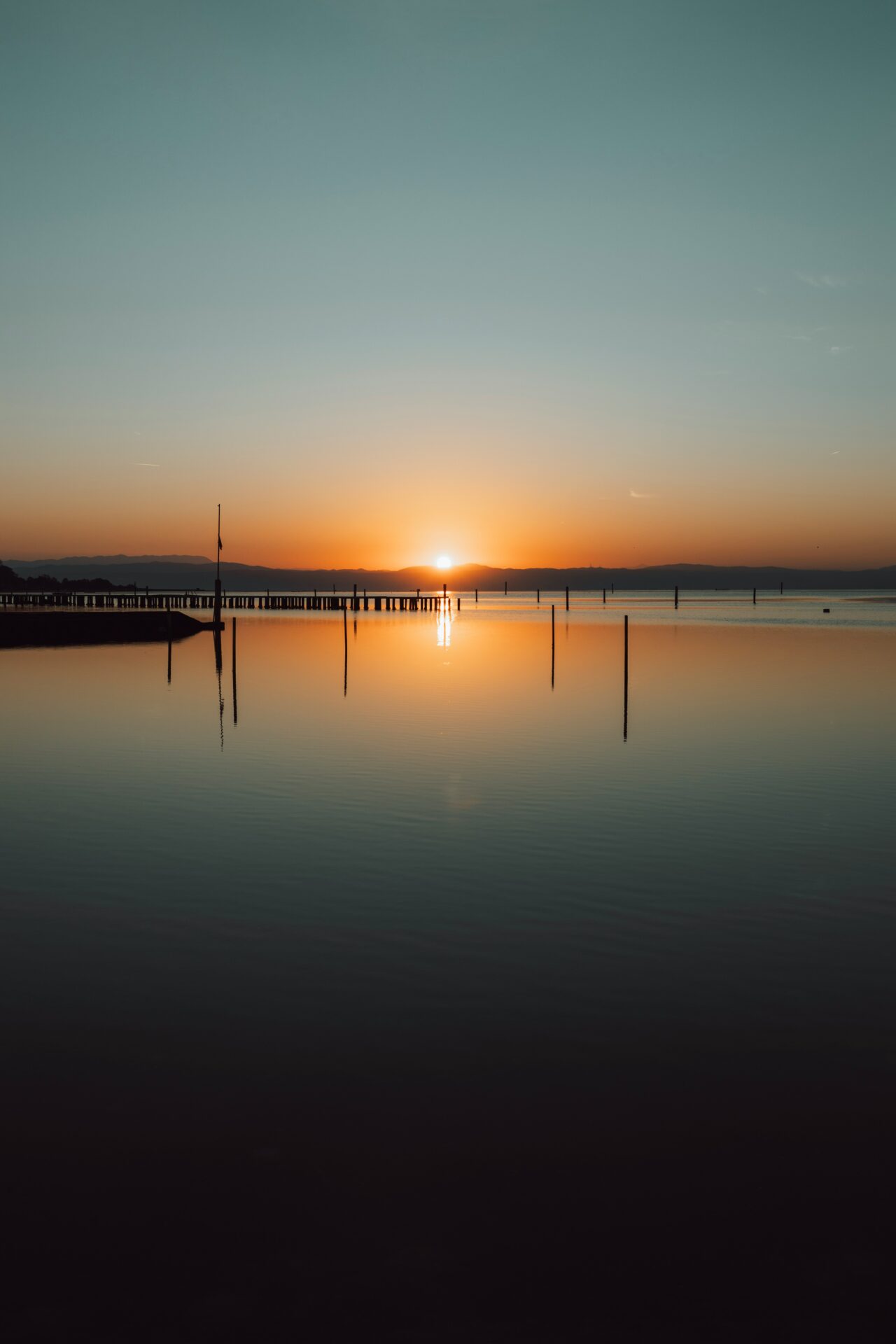
Historical Tapestry
Grado’s fishing traditions are woven into a rich historical backdrop that spans thousands of years. The town’s ancient origins and strategic importance have shaped its unique cultural identity and maritime practices we see today.
Aquileia’s Ancient Echoes
Walking through Grado, I can feel the influence of nearby Aquileia at every turn. This powerful Roman colony cast a long shadow over Grado’s development. In the 5th century, as barbarian invasions threatened Aquileia, many residents fled to Grado seeking safety, bringing their traditions and fishing techniques.
The Patriarch of Aquileia relocated here, establishing Grado as an important religious center. According to historical records, the Patriarch held special fishing rights in the lagoons between the Livenza and Piave rivers. These ancient fishing privileges helped shape local customs that fishermen still honor today.
The Basilica di Sant’Eufemia stands as impressive evidence of this historical connection. Its breathtaking mosaics tell stories of the town’s maritime heritage and religious importance.

A Peek into the Roman Empire
Grado’s fishing traditions have Roman roots, dating back to when the town was known as “Grado Aqueo.” I discovered that Roman fishing techniques influenced local methods that evolved over centuries.
Archaeological sites around Grado reveal fascinating glimpses into daily Roman life. Excavated fishing tools, boat remains, and preserved harbor structures show how important maritime activities were to the ancient economy.
Roman fishing practices were surprisingly sophisticated. They used various nets, traps, and boats designed specifically for lagoon fishing. Many of these techniques were passed down through generations and adapted to changing conditions.
The Romans also established salt pans around Grado, creating an important preservation industry that complemented fishing. This combination of fishing and salt production became the cornerstone of Grado’s economy for centuries.

Cultural Heartbeat of Grado
Grado’s rich cultural identity blends religious traditions, historical architecture, and unique seaside customs that have evolved over centuries of island life in the Adriatic.
Religious Festivities and the Barbana Pilgrimage
The spiritual rhythm of Grado pulses strongest during the Barbana Pilgrimage, a tradition I found deeply moving when I first witnessed it. Each July, locals board decorated boats and sail to the tiny island sanctuary of Barbana to honor a centuries-old vow to the Virgin Mary.
This procession, called “Perdon de Barbana,” dates back to 1237 when the town was spared from a terrible plague. I was amazed by the flotilla of colorful vessels crossing the lagoon, filled with singing pilgrims and local families.
Throughout the year, Grado celebrates several patron saint festivals. The town comes alive with processions, music, and traditional food. These celebrations offer visitors a genuine glimpse into local life beyond the typical tourist experience.
Grado’s Historic Centre and Architectural Wonders
Walking through Grado’s historic center feels like stepping back in time. The narrow, winding streets of the medieval core, called “Castrum,” reveal the town’s ancient Roman origins.
I spent hours exploring the magnificent Basilica of Santa Eufemia, built in the 6th century. Its stunning Byzantine mosaics and the adjacent Baptistery showcase Grado’s importance as a religious center in the early Christian world.
The Campo dei Patriarchi contains three of Grado’s most significant monuments:
- Santa Maria delle Grazie (oldest church)
- Santa Eufemia Basilica
- Ancient Baptistery with octagonal font
The fishermen’s houses with their distinctive pastel colors create a charming backdrop. Many still display traditional fishing equipment and nets, connecting the town’s past with its present.
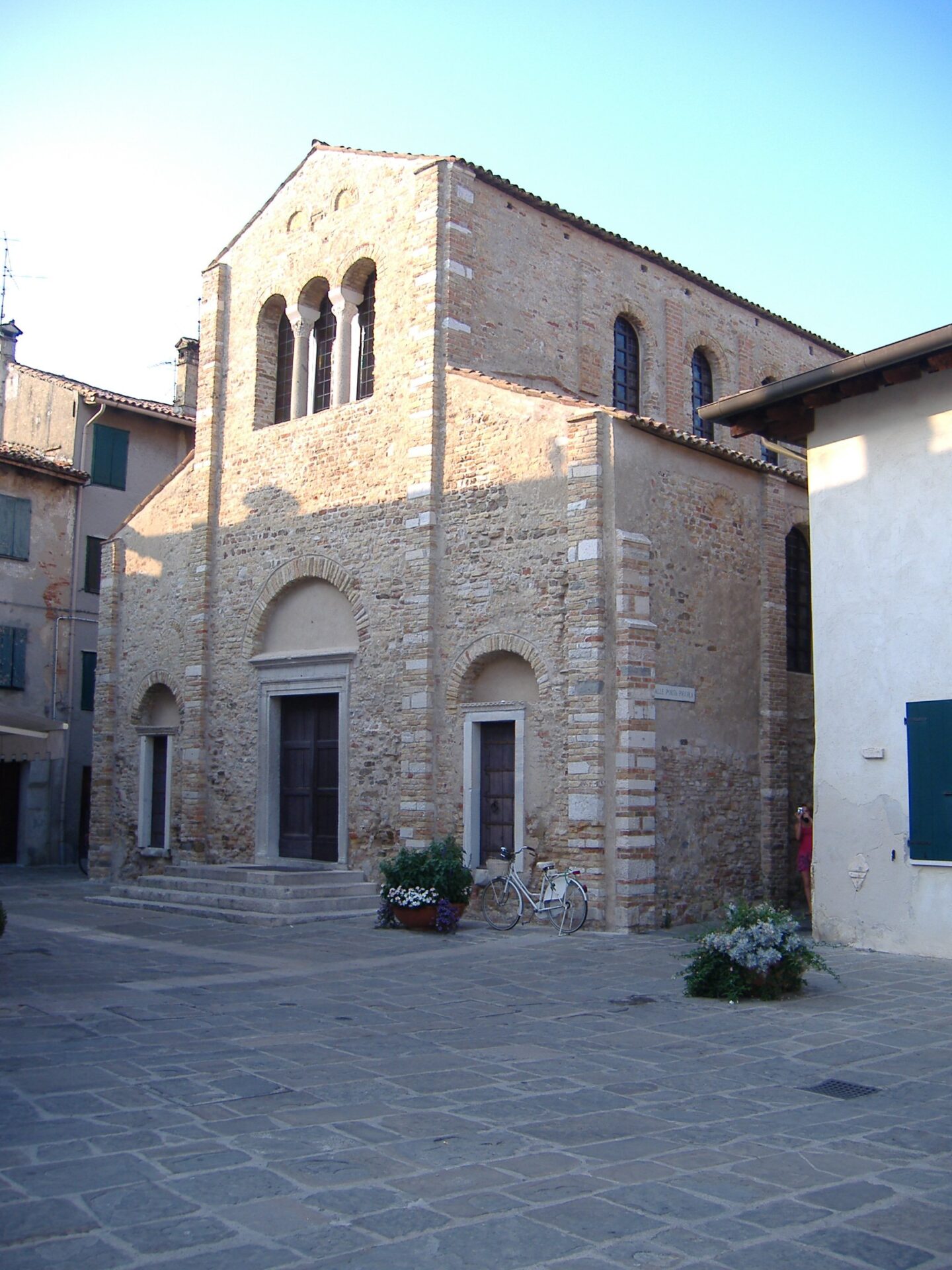
Sand Bathing and Seaside Traditions
One of Grado’s most distinctive cultural practices is “sabbiature” or sand bathing, a wellness tradition I tried during my summer visit. Locals have practiced this therapeutic burial in warm sand for generations.
As a seaside resort in Friuli Venezia Giulia, Grado embraces its maritime heritage through seasonal beach rituals. The carefully groomed golden beaches host morning tai chi sessions, sand sculpture competitions, and evening musical performances.
Seafood plays a central role in local traditions. I joined families gathering at sunset for “frittura mista” – fresh fried seafood served in paper cones along the promenade. The annual Fish Festival celebrates the lagoon’s bounty with cooking demonstrations and tastings.
The unique blend of Italian, Austrian, and Slavic influences creates a distinctive cultural atmosphere you won’t find elsewhere along Italy’s coast.
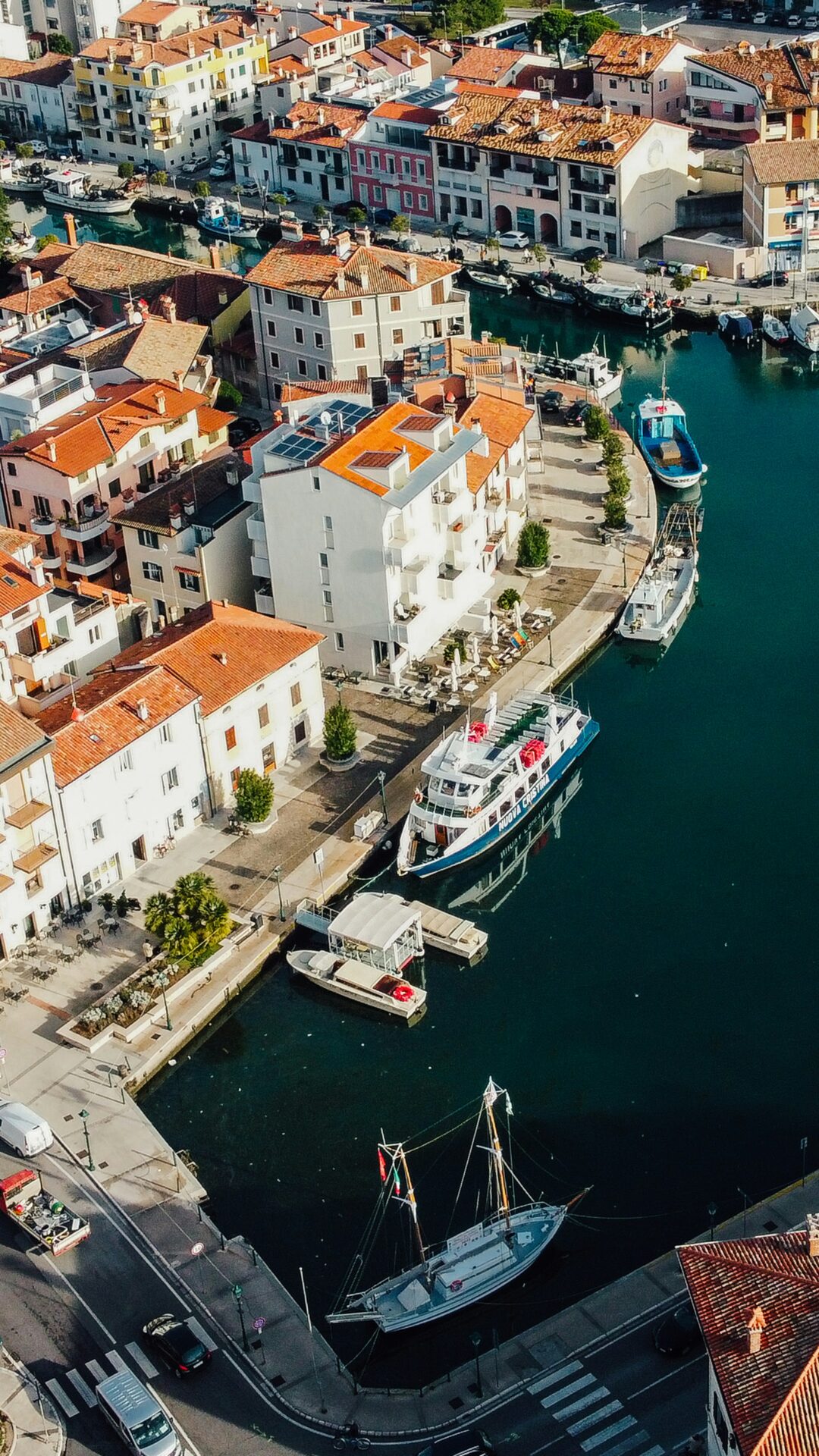
Nature’s Embrace
Grado’s natural environment is truly special, balancing pristine beaches with the rich ecosystem of its lagoon. The area offers both relaxation and adventure for nature lovers.
Exploring the Shores and Beaches
I love walking along Grado’s golden sandy beaches that stretch for miles along the Adriatic coast. The main beach has earned Blue Flag status for its cleanliness and excellent facilities.
What makes Grado unique in Friuli Venezia Giulia is how the beaches gradually slope into the sea, making them perfect for families with children. During my morning walks, I’ve noticed the beach is meticulously cleaned daily.
The thermal spa area connects beautifully with nature, offering treatments that use local marine elements. You can easily spend a day moving between sunbathing and wellness treatments.
Many visitors don’t know about the smaller, quieter beaches away from the main stretch. These hidden spots provide a more intimate connection with the Adriatic.
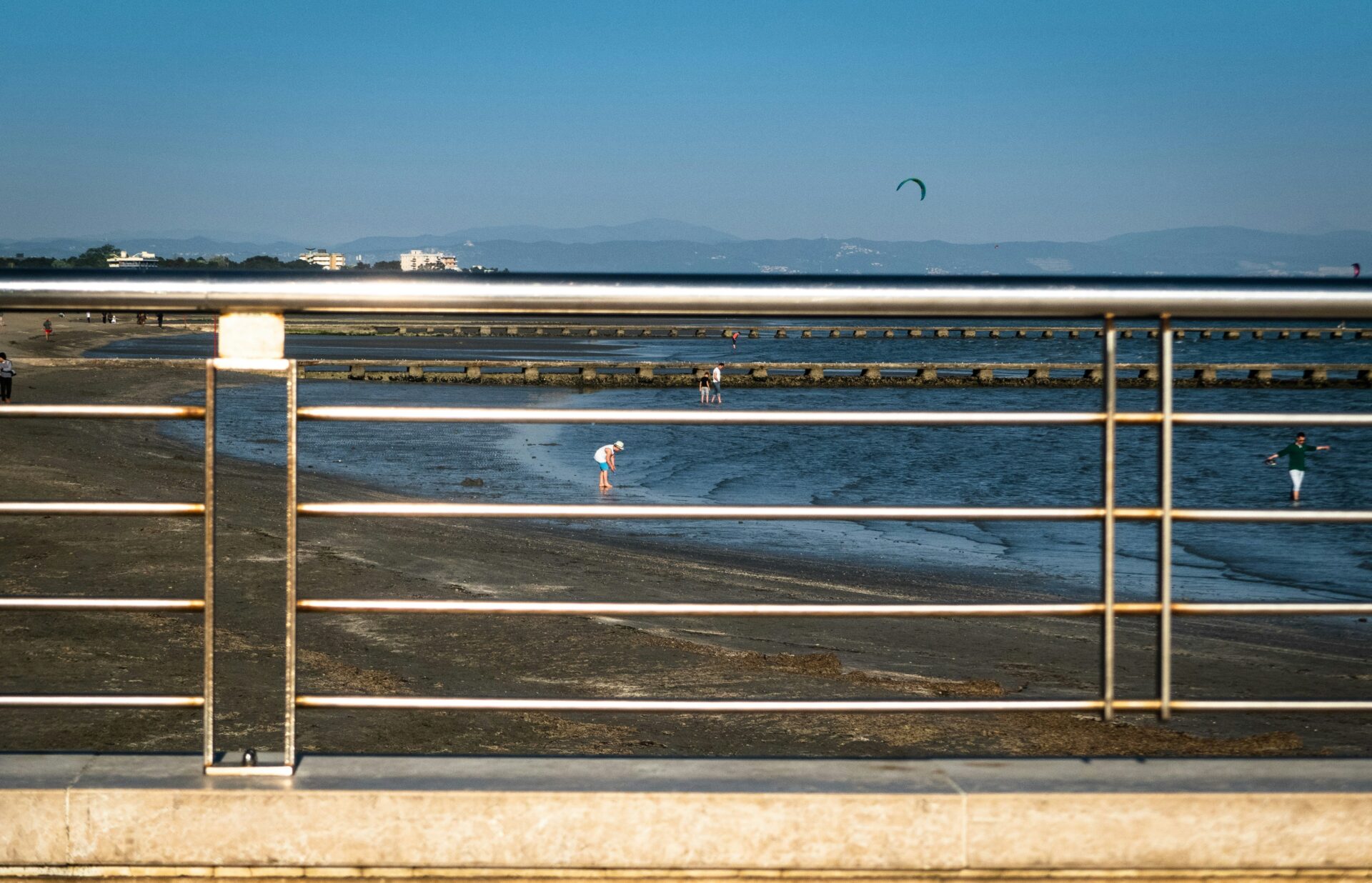
Birdwatching and the Lagoon’s Biodiversity
The Grado Lagoon is a birdwatcher’s paradise. I’ve spotted herons, egrets, and various migratory birds during boat trips through this delicate ecosystem.
The best way to experience the lagoon’s biodiversity is by kayak or small boat. These allow you to navigate through narrow channels and get closer to wildlife without disturbing it.
Traditional fishing huts called “casoni” dot the lagoon, creating a picturesque landscape where nature and human heritage blend seamlessly. Many are still used by local fishermen following centuries-old traditions.
Spring and autumn offer the richest birdwatching opportunities when migratory species pass through. Bring binoculars and a camera with a zoom lens to capture these magical moments.
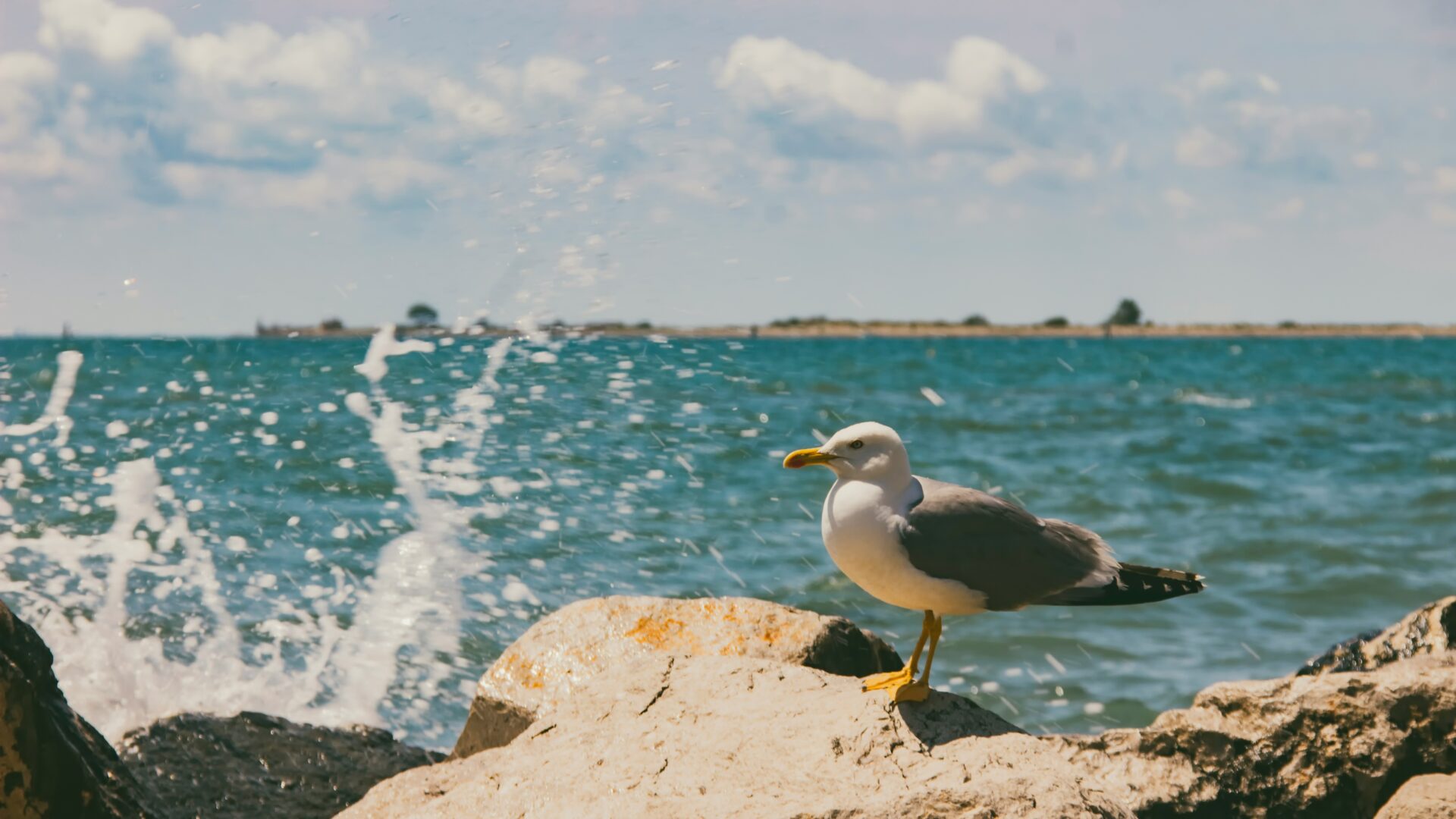
Modern Glances
Today’s Grado balances its fishing heritage with modern tourism and wellness offerings. The town has transformed while keeping its cultural roots intact, creating a unique blend of tradition and contemporary experiences.
The Evolution of Grado as a Spa Town
I was amazed to discover how Grado has reinvented itself as a premier spa destination. The town’s healing properties were recognized back in the Habsburg era, but modern wellness facilities have taken this tradition to new heights.
Walking along the elegant Belvedere promenade, I noticed how seamlessly the historic fishing village has transformed into a sophisticated seaside resort. The thermal baths utilize the beneficial properties of seawater and sand, offering treatments that attract visitors year-round.
What makes Grado special is this perfect blend of relaxation and heritage. You can enjoy a spa treatment in the morning and then wander through the ancient streets where fishermen once lived. The contrast is both striking and harmonious.
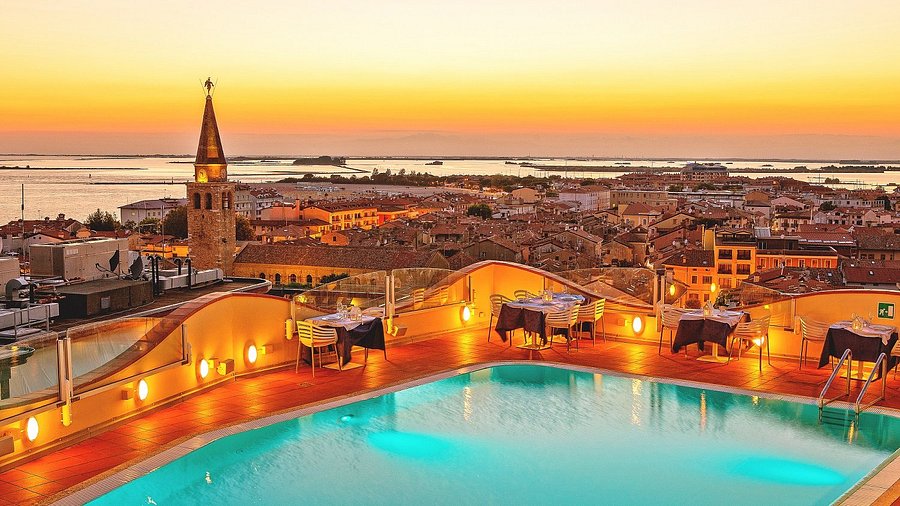
Connecting with Friuli Venezia Giulia
Grado serves as an amazing gateway to explore the diverse Friuli Venezia Giulia region. Many visitors use the island as their base to discover nearby attractions.
The town maintains strong connections to Gorizia and other mainland communities. These connections are maintained through cultural exchanges and food festivals that celebrate regional specialties. Local restaurants proudly feature dishes that combine coastal seafood traditions with inland culinary influences.
Transportation links have improved dramatically. This makes day trips to vineyards, Roman ruins, and mountain villages entirely possible. The regional tourism initiatives actively promote Grado’s unique position as both an island sanctuary and a connection point to broader cultural experiences.
The Fishery and Lagoon Civilization Museum plays a vital role in linking Grado’s heritage to the wider regional identity. It does this through special exhibitions and community programs.

